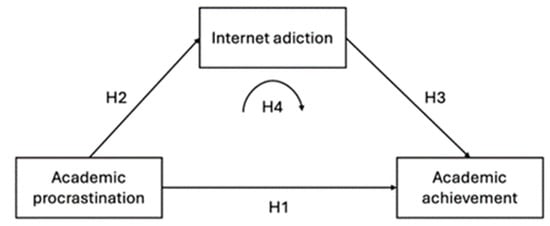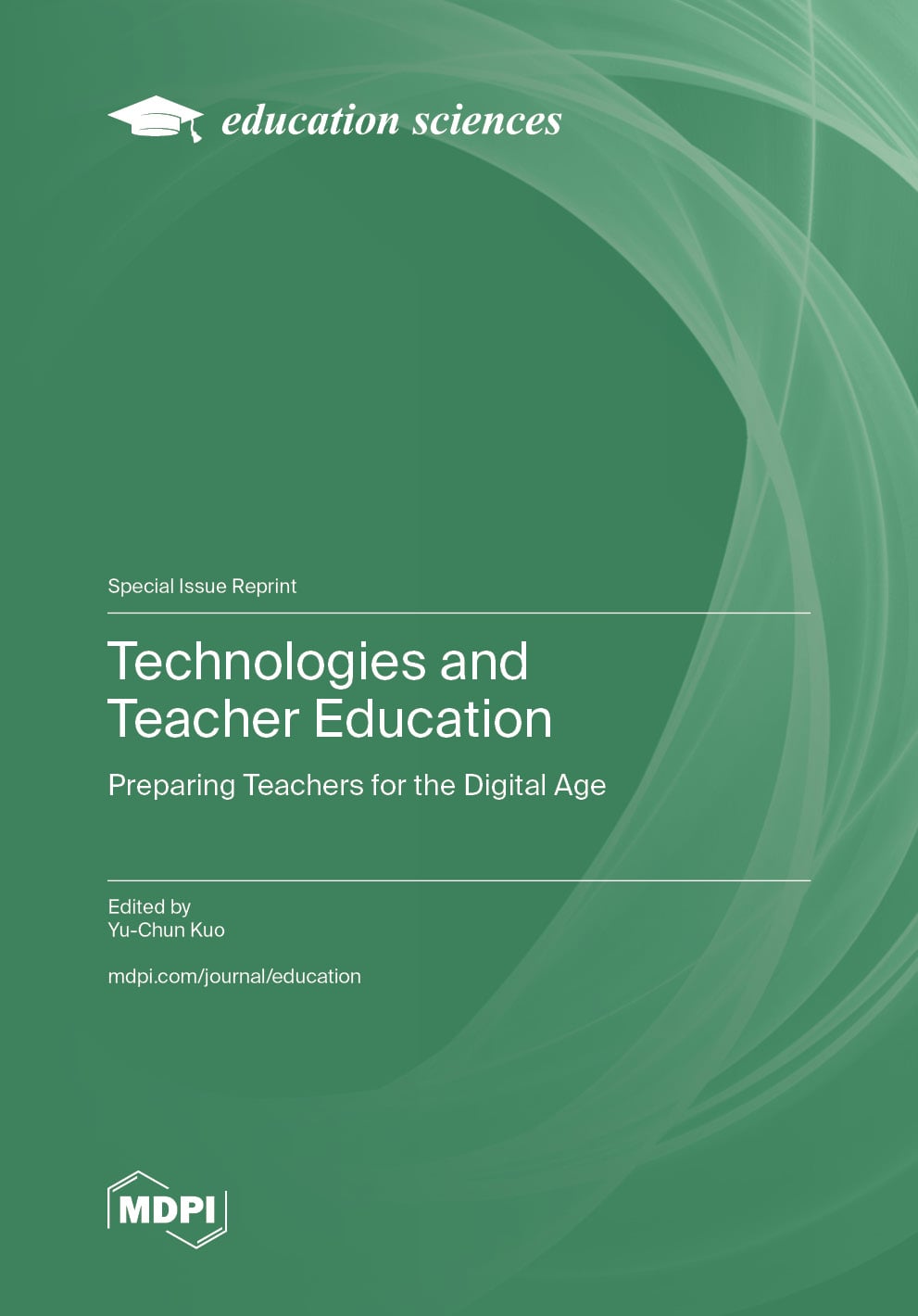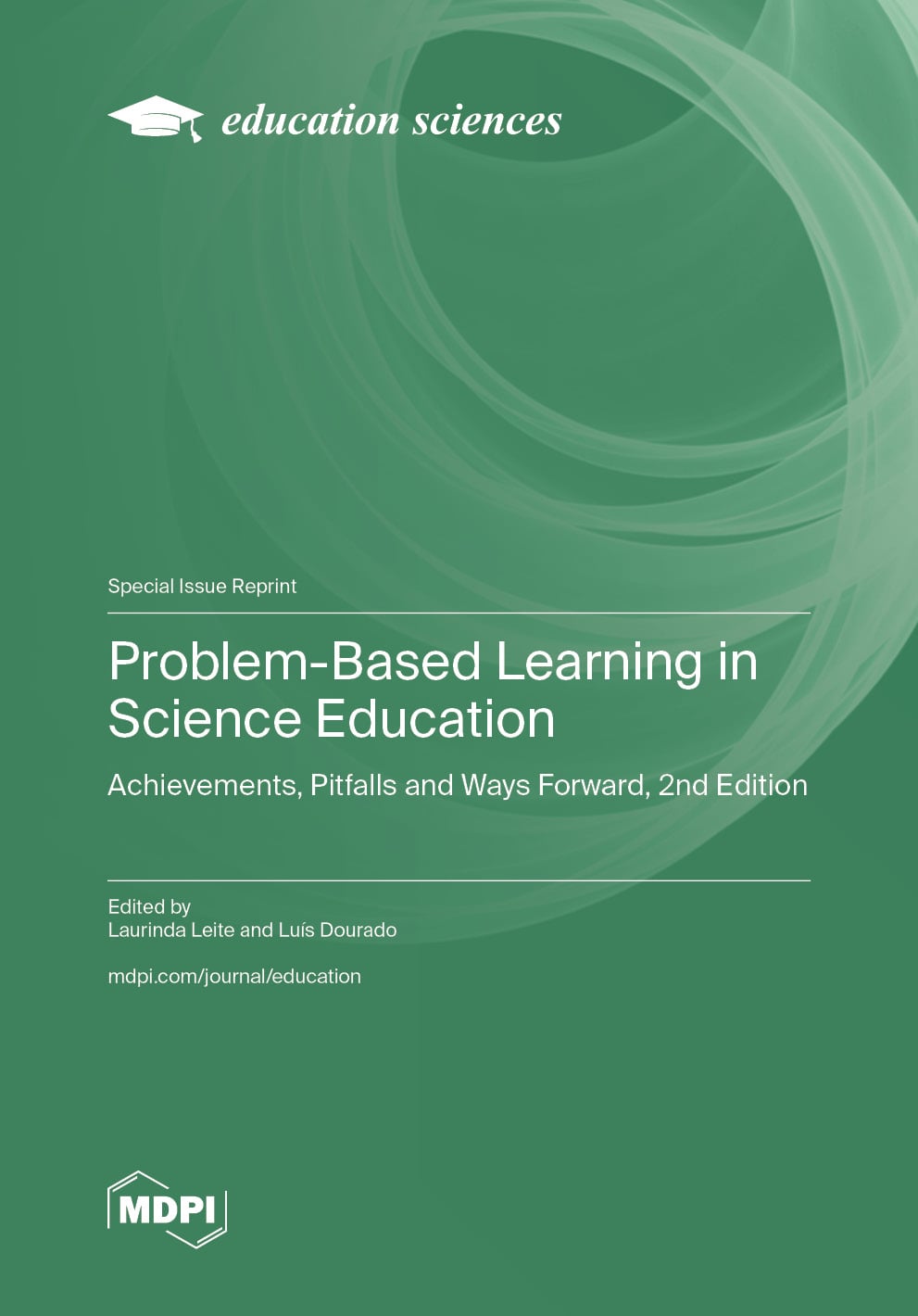- Article
Relationship Between Procrastination and Perceived Academic Achievement: The Mediating Role of Internet Addiction
- Maria Edita Huanambal-Pérez,
- Elias Javier Calixtro-Ruiz and
- Denis Frank Cunza-Aranzábal
- + 1 author
Academic achievement serves as a crucial indicator of quality within higher education. In this context, internet addiction and procrastination emerge as significant factors influencing student performance. However, existing literature has predominantly focused on objective and comparative metrics, such as grades, thereby limiting the exploration of the subjective dimension from the student’s perspective. This research aims to investigate the mediating role of internet addiction (IA) in the relationship between academic procrastination (AP) and self-perceived academic achievement (AA) among Peruvian university students. Employing an explanatory and cross-sectional design, data were collected from 525 university students aged 18 to 40 years, utilizing validated instruments such as the Internet Addiction Questionnaire, the University Academic Performance Scale, and the Academic Procrastination Scale. The findings revealed a negative influence of AP on AA (b = −0.385, p < 0.001, 95% CI [−1.457, −0.991]), a positive influence of AP on IA (b = 0.205, p < 0.001, 95% CI [0.341, 0.886]), and a positive influence of IA on AA (b = 0.326, p < 0.001, 95% CI [0.239, 0.441]). IA partially and competitively mediates 12.5% of the relationship between AP and AA.
10 January 2026





